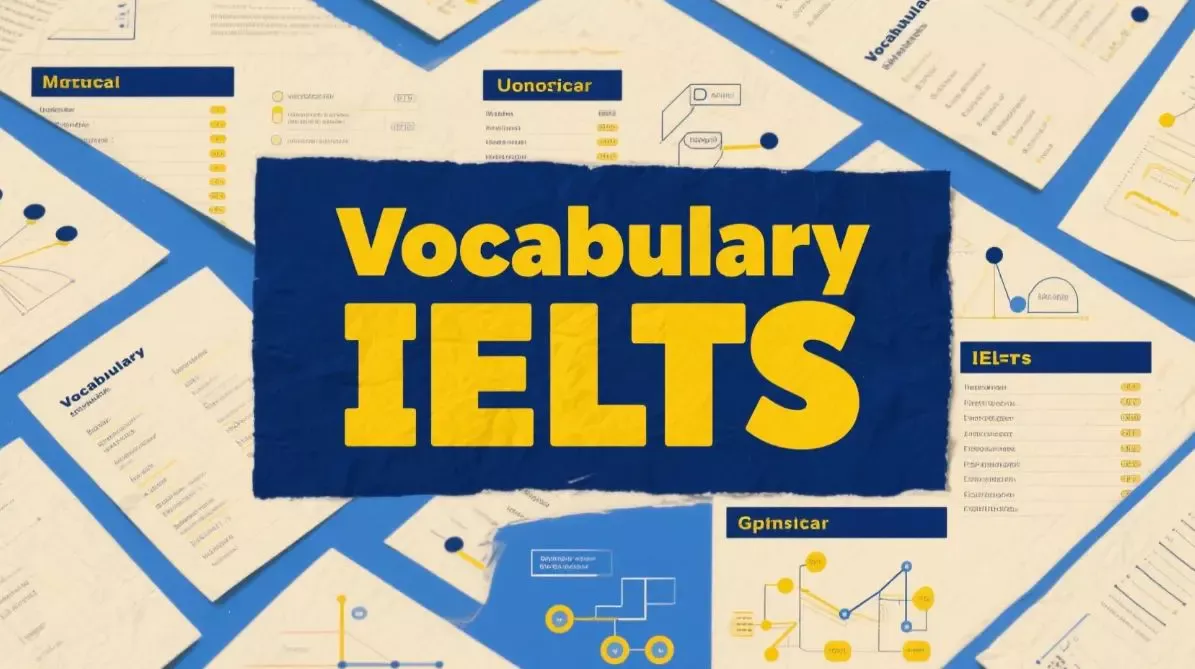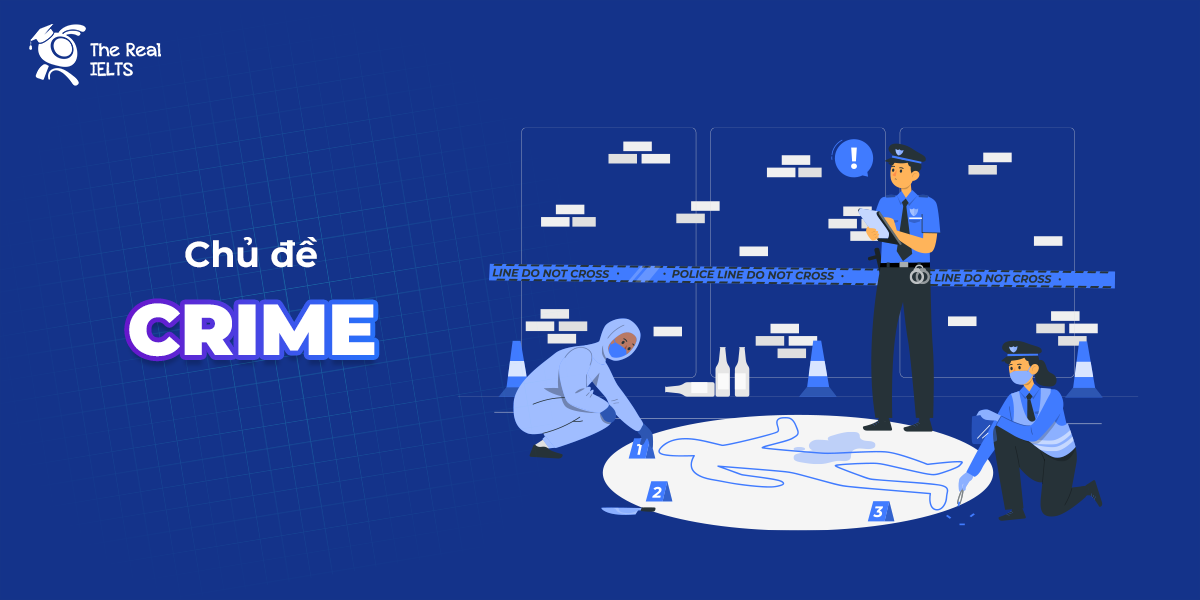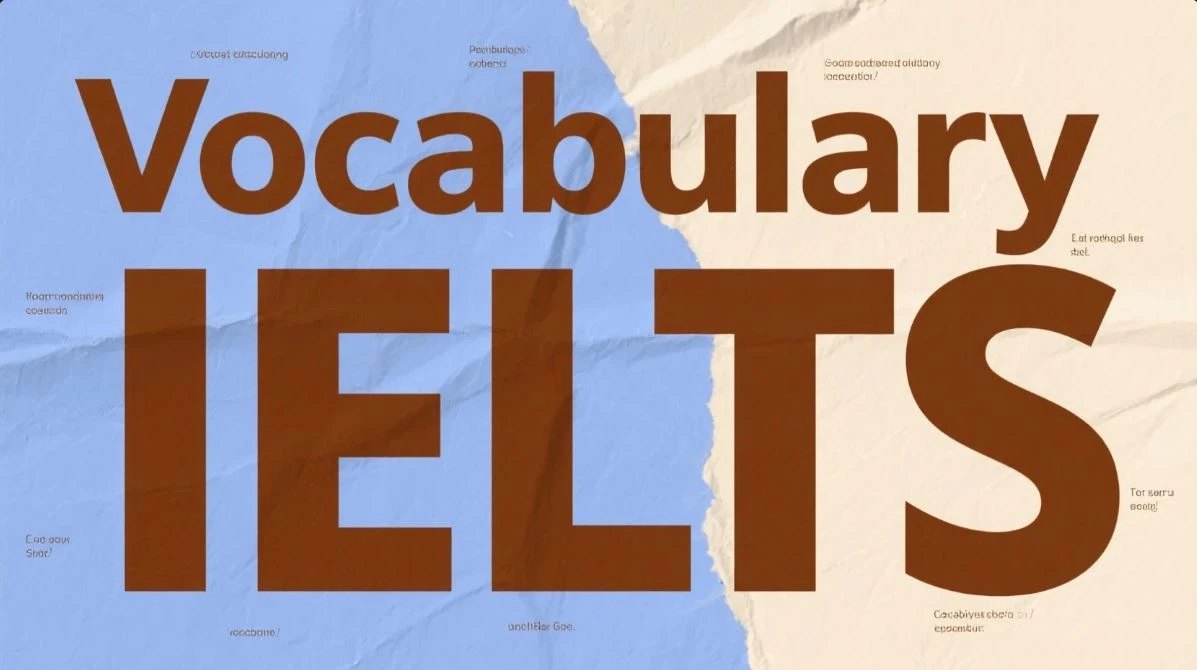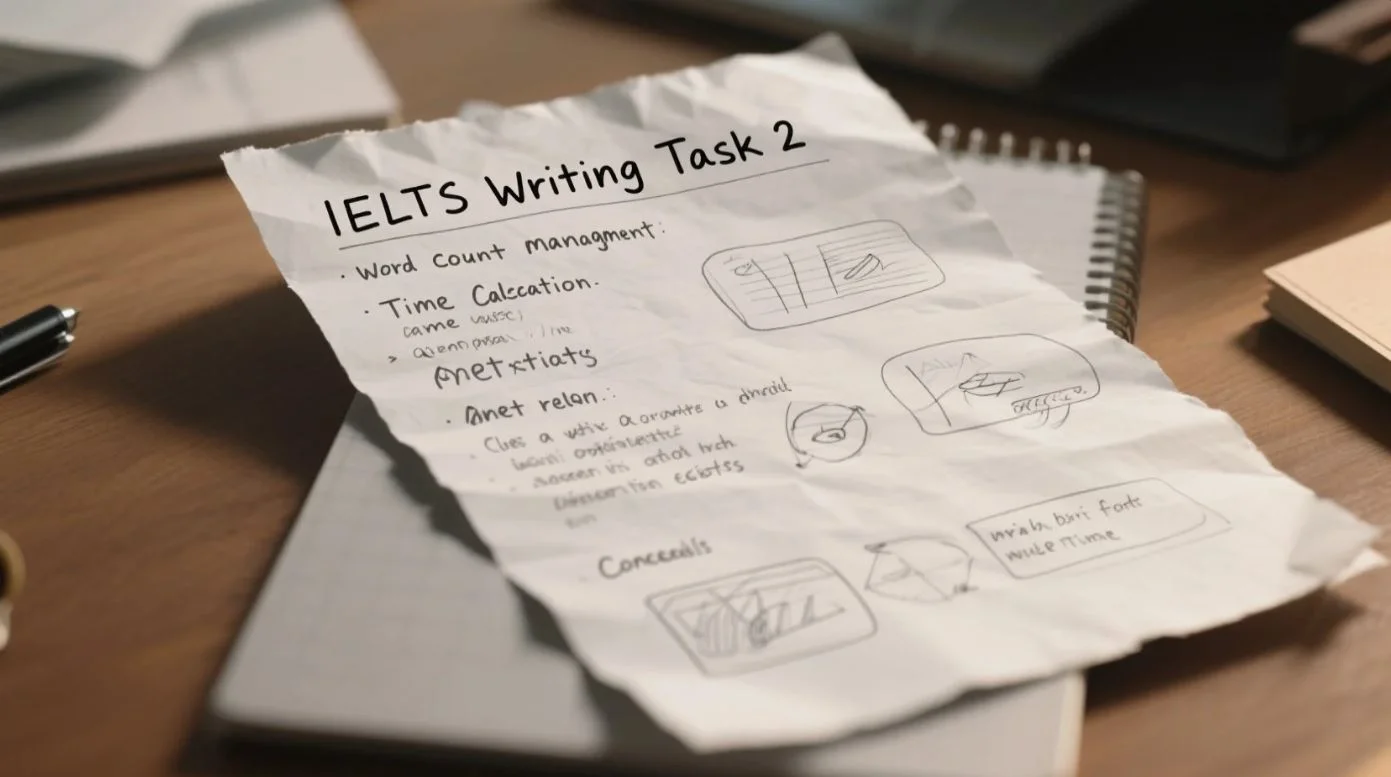IELTS Reading 71: Sustainable tourism development là chủ đề thuộc chuỗi bài luyện tập 11 dạng bài IELTS Reading và các bài tập luyện tập.
Học lại bài cũ: IELTS Reading 70: The impact of e-commerce.
IELTS Reading: Sustainable tourism development
Sustainable tourism development focuses on promoting tourism that considers environmental, economic, and social impacts, ensuring long-term benefits for destinations and local communities. As tourism becomes one of the fastest-growing sectors worldwide, sustainable practices have become critical for protecting natural and cultural resources while enhancing the well-being of communities.
At its core, sustainable tourism development aims to balance tourism’s economic benefits with the need to preserve ecosystems, biodiversity, and heritage sites. By minimizing environmental damage and reducing waste, sustainable tourism supports resource conservation, a vital factor as popular tourist destinations often face threats from overuse, pollution, and habitat destruction. Local governments and tourism organizations are adopting green policies to reduce the environmental footprint of tourism, such as promoting energy-efficient transport options, waste reduction initiatives, and eco-friendly accommodations.
The economic benefits of sustainable tourism are significant, contributing to local economies by creating jobs and encouraging the growth of small businesses, particularly in rural or underdeveloped areas. By prioritizing locally sourced products and services, sustainable tourism supports economic self-sufficiency, promoting a circular economy that keeps profits within communities. Moreover, tourists interested in sustainable practices often pay higher prices, which supports fair wages for workers and reduces reliance on unsustainable mass tourism.
Socially, sustainable tourism also promotes cultural exchange and understanding. It offers visitors the chance to learn about local traditions, art, and history, while also encouraging respect for the host community’s way of life. This cultural preservation enriches both visitors and locals, fostering a positive relationship between tourists and residents. However, communities are increasingly focused on establishing limits to prevent overcrowding and the disruption of daily life, ensuring that tourism growth remains aligned with their needs and capacity.
Global organizations, such as the United Nations World Tourism Organization (UNWTO), have introduced guidelines and standards to support sustainable tourism. These frameworks help destinations integrate sustainable development goals into tourism planning, encouraging practices like responsible wildlife interaction, conservation projects, and environmentally friendly transport options. With travelers becoming more conscious of their environmental impact, demand for sustainable travel experiences is rising, incentivizing more destinations to embrace eco-friendly policies.
Nevertheless, challenges persist in implementing sustainable tourism practices on a global scale. In developing regions, where tourism revenue is vital for economic stability, the emphasis on sustainability may clash with the need for rapid growth. Similarly, the cost of transitioning to sustainable practices can be prohibitive for small businesses. Despite these challenges, the push for sustainability in tourism is gaining momentum, as many industry players recognize that sustainable practices are essential for long-term prosperity.
In conclusion, sustainable tourism development requires a collaborative effort among governments, businesses, and tourists themselves. By adopting responsible travel practices and supporting policies that protect natural and cultural heritage, tourism can continue to be an engine for growth without compromising the integrity of destinations.
Questions
1. Multiple Choice
- What is the main goal of sustainable tourism development?
- A) Increase the number of tourists.
- B) Balance economic benefits with environmental preservation.
- C) Expand international tourism.
- D) Reduce local community involvement.
- How does sustainable tourism impact local economies?
- A) It reduces job opportunities.
- B) It relies solely on foreign investments.
- C) It supports local products and services.
- D) It decreases the cost of living for residents.
2. True/False/Not Given
- Sustainable tourism does not have any significant economic benefits for local communities.
- The UNWTO has introduced guidelines to support sustainable tourism practices.
- Transitioning to sustainable tourism is easy and inexpensive for small businesses.
- Sustainable tourism only focuses on protecting the environment, ignoring social factors.
3. Yes/No/Not Given
- The demand for sustainable tourism is increasing due to travelers’ awareness of environmental impacts.
- Sustainable tourism discourages interaction between tourists and local residents.
- Local governments play a vital role in implementing green policies in tourism.
- Sustainable tourism always requires tourists to pay lower prices.
4. Matching Information
Match each statement with the correct paragraph (A, B, C, or D):
- The role of the United Nations World Tourism Organization in sustainable tourism.
- Challenges faced by developing regions in adopting sustainable practices.
- The economic impact of sustainable tourism on rural communities.
- The way sustainable tourism promotes cultural preservation.
5. Matching Headings
Choose the correct heading for each paragraph:
- _______ Paragraph 1
- A) Promoting Cultural Exchange in Tourism
- B) Introduction to Sustainable Tourism
- C) Environmental Impacts of Tourism
- D) The Role of Technology in Tourism
- _______ Paragraph 2
- A) Economic Challenges in Tourism
- B) The Role of Local Governments
- C) Balancing Economic and Environmental Goals
- D) Efforts in Waste Management
6. Matching Sentence Endings
Match the beginning of each sentence with the correct ending:
- Sustainable tourism aims to…
- Tourists who value sustainability often…
- Local economies benefit from sustainable tourism by…
Endings:
- A) preserving ecosystems and cultural heritage.
- B) encouraging responsible wildlife interaction.
- C) keeping profits within local communities.
- D) paying higher prices for eco-friendly options.
7. Sentence Completion
Complete the sentences below with a suitable word or phrase from the text:
- Sustainable tourism supports _______ by minimizing waste and pollution.
- By focusing on locally sourced products, sustainable tourism encourages a _______ economy.
- UNWTO guidelines promote _______ practices in tourism development.
- Tourism organizations aim to _______ the environmental footprint of tourism.
8. Summary Completion
Complete the summary using words from the passage:
Sustainable tourism seeks to create a balance between _______ benefits and environmental protection. This form of tourism supports local communities by promoting the use of _______ products and encouraging economic _______. The UNWTO provides _______ to assist destinations in achieving sustainable goals.
9. Diagram Label Completion
Label the diagram based on information in the passage:
[Image Description: Diagram showing three aspects of sustainable tourism development with three circles connected in a Venn diagram format]
- Environmental _______
- Social _______
- Economic _______
10. Short Answer Questions
Answer the following questions in NO MORE THAN THREE WORDS:
- What organization provides guidelines for sustainable tourism?
- What kind of economy does sustainable tourism support?
- What aspect of local life does sustainable tourism aim to preserve?
- What kind of areas benefit economically from sustainable tourism?
11. Table/Flowchart/Note Completion
Complete the table below with information from the passage:
| Aspect | Examples or Benefits |
|---|---|
| Environmental Impact | _______ |
| Economic Benefit | _______ |
| Social Impact | _______ |
| Organizational Support | _______ |
Đáp án
1. Multiple Choice
- B) Balance economic benefits with environmental preservation.
- C) It supports local products and services.
2. True/False/Not Given
- False – Bài viết nêu rằng sustainable tourism mang lại lợi ích kinh tế đáng kể cho cộng đồng địa phương.
- True – Bài viết đề cập rằng UNWTO đã đưa ra các hướng dẫn để hỗ trợ sustainable tourism.
- False – Bài viết cho biết việc chuyển đổi sang các hoạt động bền vững có thể tốn kém đối với các doanh nghiệp nhỏ.
- False – Sustainable tourism không chỉ tập trung vào bảo vệ môi trường mà còn cả các yếu tố kinh tế và xã hội.
3. Yes/No/Not Given
- Yes – Bài viết nêu rằng nhu cầu về sustainable tourism đang tăng do du khách ngày càng nhận thức về tác động môi trường.
- No – Sustainable tourism khuyến khích sự trao đổi văn hóa và hiểu biết giữa du khách và cư dân.
- Yes – Chính quyền địa phương có vai trò quan trọng trong việc thực hiện các chính sách xanh trong du lịch.
- No – Bài viết cho rằng du khách thường trả giá cao hơn cho các lựa chọn du lịch bền vững.
4. Matching Information
- Paragraph D – Vai trò của UNWTO trong việc hỗ trợ sustainable tourism.
- Paragraph F – Các thách thức mà các khu vực đang phát triển phải đối mặt khi áp dụng sustainable practices.
- Paragraph C – Tác động kinh tế của sustainable tourism đối với các cộng đồng nông thôn.
- Paragraph E – Cách mà sustainable tourism thúc đẩy bảo tồn văn hóa.
5. Matching Headings
- B) Introduction to Sustainable Tourism
- C) Balancing Economic and Environmental Goals
6. Matching Sentence Endings
- A) preserving ecosystems and cultural heritage.
- D) paying higher prices for eco-friendly options.
- C) keeping profits within local communities.
7. Sentence Completion
- resource conservation
- circular
- sustainable
- reduce
8. Summary Completion
- economic
- local
- self-sufficiency
- guidelines
9. Diagram Label Completion
- Conservation
- Exchange
- Self-Sufficiency
10. Short Answer Questions
- UNWTO
- circular
- cultural heritage
- rural areas
11. Table/Flowchart/Note Completion
| Aspect | Examples or Benefits |
|---|---|
| Environmental Impact | resource conservation |
| Economic Benefit | supports local businesses |
| Social Impact | cultural preservation |
| Organizational Support | UNWTO guidelines |















